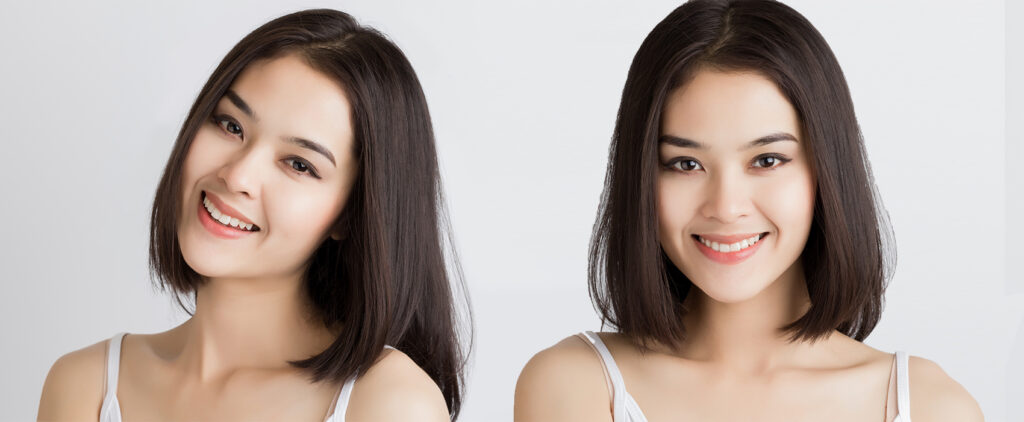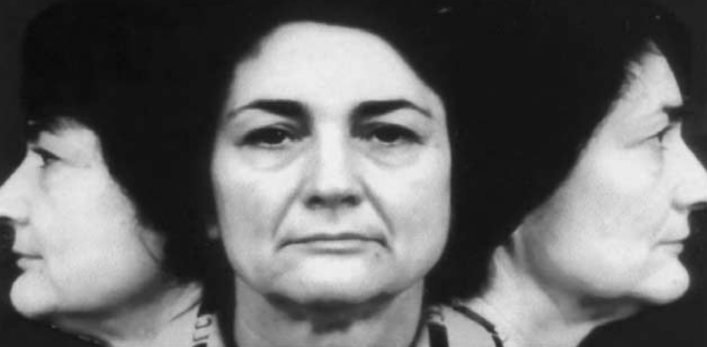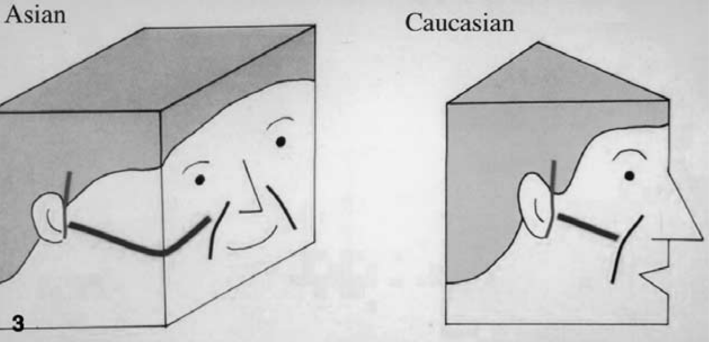Why do asians look younger?
It is commonly believed that Asians tend to age more gracefully than Caucasians, and one of the reasons behind this belief is that the thicker dermis of Asian skin contains greater collagen and darker pigment that offers protection against photoaging. However, The paper “Aesthetic Plastic Surgery” puts forward a new perspective suggested by its authors, which uses the “baby model” to explain the perception of Asian youthfulness.

Many people believe that Asians age better than Caucasians, and there are some scientific reasons to support this belief. Firstly, Asian skin is often thicker and more pigmented than Caucasian skin, which provides protection against UV radiation and keeps it looking youthful. In addition, Asian skin has a higher collagen content, which is a protein that maintains skin elasticity.
Another contributing factor is the unique skeletal and soft-tissue attributes found in Asian faces. These physical features play a significant role in creating a more youthful appearance, and experts are now looking at them as key reasons why Asians tend to age more gracefully than Caucasians.
New Paradigm In Aging Of Asian Faces
According to a new paradigm proposed by the authors of “Aesthetic Plastic Surgery” called the “baby model,” Asian faces have many features that resemble those of an infant. These features include a wider and rounder face, higher eyebrows, fuller upper eyelids, lower nasal bridge, flatter midface, and apparently more protruding lips with a receded chin. This similarity between the Asian face and an infant’s face leads people to perceive the Asian face as more youthful.
Even though Asians appear to age more gracefully than Caucasians, their faces are still subjected to a greater amount of gravitational force due to certain characteristics such as weaker skeletal support, heavier soft tissue, larger amount of malar fat, thicker skin, and a weaker chin.
The Baby Model
The Asian face is different from the Caucasian face in several ways that involve the bones and soft tissues. The Asian face has a resemblance to a baby’s face, which creates an unconscious impression of youthfulness. The Asian face tends to be wider and less angular than the Caucasian face, similar to a toddler’s broad face.



The Asian face has a greater distance from the eyebrow to the upper-lid margin, which is due to the fuller upper eyelid and narrower palpebral fissure, giving the impression of a higher arched brow and fuller upper lid, like a baby’s face. The midface tends to be shallower than in the Caucasian face, and the Asian face has a flatter contour and lower nasal bridge, like a baby’s face.

The Asian face has a greater amount of malar fat in the cheek region, making it look more infant-like. The lower part of the Asian face is also similar to a baby’s face, with a more recessed chin position and posterior angulation of the lower mentum, which exaggerates lip fullness. In contrast, the Caucasian face tends to have thinner lips and a more projected chin with maturity. The Asian face tends to have fuller lips and a wider and fuller lower face, like a baby’s face.
This “baby model” is not meant to be taken literally, but to illustrate how facial aesthetics can be influenced by certain psychological impressions that lead to an overall perception of youthfulness. These unique features of the Asian face contribute to a more youthful appearance.
Conclusion
Asian look younger and age gracefully because of the high collagen content of their skin and the unique skeletal and soft-tissue attributes.

